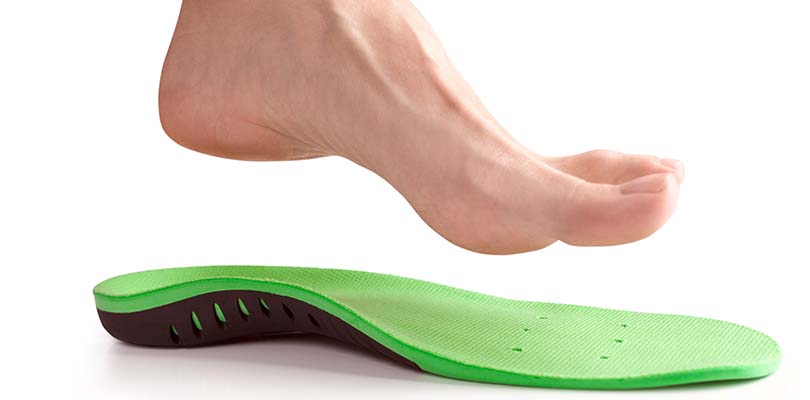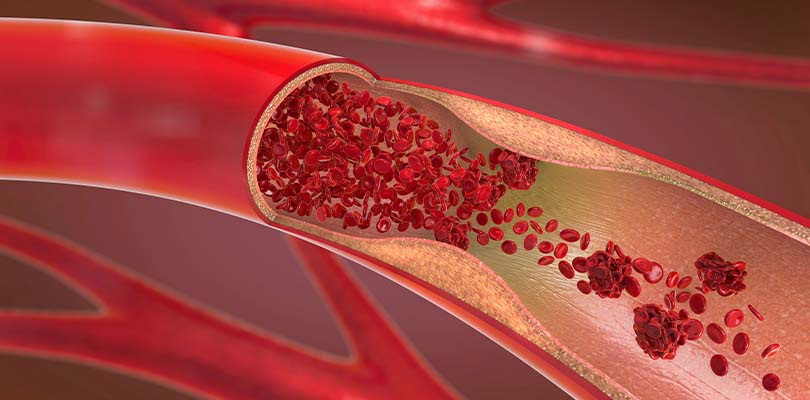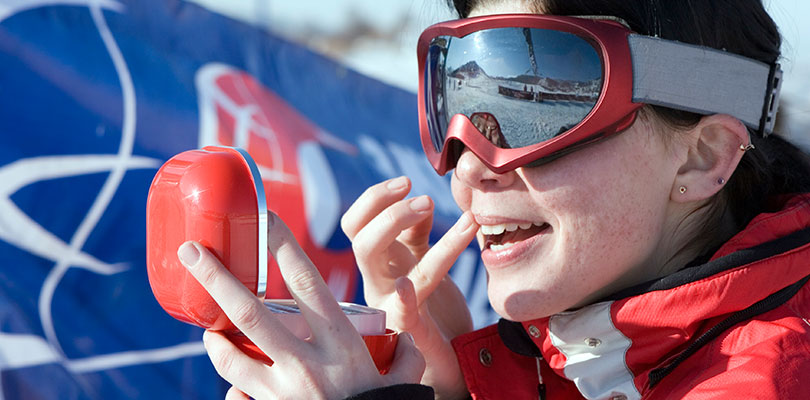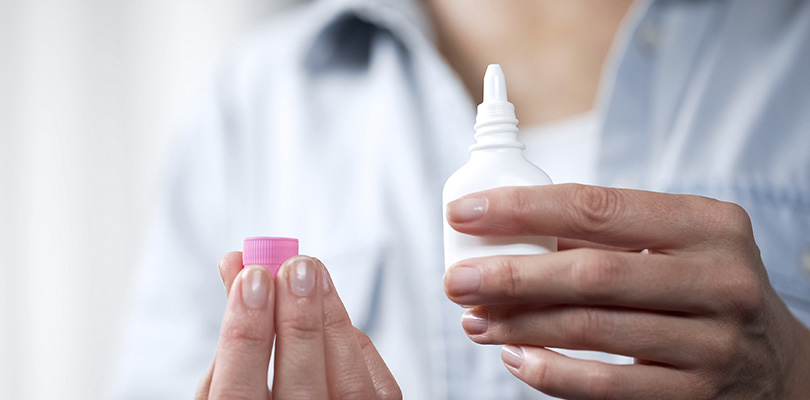How Insoles for Flat Feet Can Improve Health Conditions
Flat feet, also known as fallen arches or pes planus, is a condition where the arch of the foot is too low in a standing position. While the foot normally flattens somewhat when in the standing position, flat feet typically have little, and in some cases, no arch, which places the entire sole of the foot into contact with the ground. Flat feet are common and are often a cause of back, leg, ankle and foot pain. In this article we discuss flat feet as well as the various treatment options available. We also outline five of the best insoles for flat feet available in the marketplace to help manage this condition.
Causes of Flat Feet
There are various things that can cause flat feet. A child can be born with this abnormality.
There are also nerve system diseases or muscle diseases, including cerebral palsy (CP), muscular dystrophy (MD) and spina bifida can cause flat feet. Inflammatory conditions, including osteoarthritis (OA) and rheumatoid arthritis (RA), can erode the joints of the ankles and feet over time leading to flat feet. Tarsal coalition (tarsal dysostosis) causes the bones of the feet to merge together, leading to stiff and flat feet.
Injury or inflammation of the posterior tibial tendon can cause flat feet. Torn or stretched tendons in the ankle and/or feet can cause flat feet. Dislocated or broken bones in the ankle and/or feet can cause flat feet.
A number of risk factors have also been identified, which increase the risk of developing flat feet, including:
- Pregnancy
- Obesity
- Increased age
- Diabetes
Common Symptoms of Flat Feet
In many cases, flat feet cause mild or no symptoms. However, some people may experience:
- Back pain
- Leg, hip and/or ankle pain
- Feet that tire and get sore easily
- Difficulty standing on the toes
- Swelling of the bottom of the feet, along the arches
- Mild to severe pain in the arches of the feet and/or heel region
Risks of Flat Feet
Flat feet come with a variety of health consequences, including musculoskeletal issues. The feet provide the base for the body’s balance. If the feet do not provide adequate support, the risk for developing muscle and joint inflammation and pain increases. Joint deformities can also be a risk for flat feet. The risk of hammertoe and bunions increases in those with flat feet.
Treatment Options for Flat Feet
The treatment for flat feet depends on the severity and also the underlying cause of the problem. Treatment options:
- Rest
- Applying ice to the affected area for 10 to 15 minutes at a time
- Stretching and strengthening exercises for the ankles and feet
- Use of either over-the-counter or prescribed pain medications or non-steroidal anti-inflammatory drugs (NSAIDs)
- Local injections of corticosteroids into the affected area
- Use of orthotic devices including insoles, shoe modifications, braces, or cast
In cases of severe pain or foot damage, surgery may be necessary. Surgery is needed in extreme conditions and can include the fusing of foot or ankle bones together (arthrodesis). Surgery can also include the removal of bones and bony growths (excision). Cutting or changing the shape or length of the bone (osteotomy) may also be an option, as well as the removal of synovial tissues surrounding the joint (synovectomy).
Another surgical option is adding of tendons from other parts of the body to tendons in the foot (tendon transfer) or bone grafting to the affected foot to make the arch rise more naturally (lateral column lengthening).
What Are Insoles for Flat Feet?
Insoles are removable devices that are worn in footwear with the goal of providing support for the arch of the foot by positioning the foot correctly.
What is coronary artery disease? It is the most common cardiovascular disease that causes angina and nausea. Find out more here.
How Insoles Help Flat Feet
Insoles help to promote optimal foot movement by supporting the arches. Additionally, they help to improve overall posture by normalizing the foot position, which leads to better balance in the body. They also encourage healthy distribution of pressure over the bottom of the foot, making the foot less susceptible to pain. Lastly, insoles help to prevent a worsening of the condition, which reduces the risk of complications.
Recommended Insoles for Flat Feet
Custom insoles can be designed specifically for your feet and are an ideal option if you suffer from flat feet. However, custom insoles can be pricy, often leaving consumers looking for off-the-shelf options. There are a wide variety of insoles available in the marketplace, which can be overwhelming. Below we discuss the benefits of five recommended insoles.
The Walk-Hero Comfort and Support Insoles
These are designed with an antimicrobial fiber to promote sweat and odor removal. They consist of an EVA design for improved protection and are designed with a deep help cup that aids in positioning the foot. They also provide comfort and shock absorption.
The Powerstep Pinnacle Shoe Insoles
This brand is designed with a strong EVA layer for improved protection and is designed with a comfortable top layer. It fits any type of foot and provides semi-rigid arch support.
The Samurai Insoles
Standing apart from the rest, this brand is designed with a springy core, using durable materials to increase lifespan. It comes in a more convenient size and can be easily hidden in shoes. It’s also lightweight.
The Spenco Total Support Max Shoe Insoles
These are designed with a shock absorbing bottom layer and provide rigid arch support, as well as heel support. They also control the angle of the feet.
The Sof Sole Orthotic Support Insoles
Designed specifically for low or flat arches, they provide shock absorption, SKYDEX bubble for improved heel protection and COOLMAX fabric that wicks away moisture. It’s also designed to prevent bacteria growth.
In Conclusion
Flat feet are a common condition that can lead to a variety of symptoms including foot pain, tiredness and swelling, as well as back, hip and/or knee pain. There are a variety of treatment options available, including insoles, which can help to manage symptoms and improve the positioning and function of the feet, while helping you get back to your normal activities.







